Vernacular Architecture of India: Traditional Residential Styles and Spaces
A comprehensive book covering the eclectic range of traditional residential architecture of India, profusely illustrated with nearly 1600 full color illustrations in 540 pages. It is a visual tour de force of the great building and craft skills of India and covers the vast gamut of vernacular building styles from all regions of the country. The photographs illustrate the overall views, details and construction techniques as well as the surface decoration of these marvellous structures – from smaller dwellings to grand edifices. Vernacular architecture can best be defined as indigenous architecture of a people or locale, based on social and environmental needs and made from locally available building material with traditional skills. India’s diversity of people is correspondingly matched by a great range in its traditional residential architecture, influenced by different religious, social and climatic requirements. These fabulously varied vernacular residences of India have hardly been commented upon, leave alone recorded and evaluated for elements that are relevant even today. Vernacular structures are great design resources for cost-effective and sustainable construction techniques even today in their basic plans and construction elements, living spaces and circulation paths, light and heat entry points during different times of the day and seasons – thus keeping the building cool in summer and warm in winters. They are the best examples of appropriate technology. The objective of this work is to bring out reference material on vernacular residences for the whole of India, visually analysing the best examples of such traditional residential architecture in the country. By and large, no relevant or interesting traditional residence, vernacular style, structure or construction technique that deserves to be covered has been left out and different styles within the same state have also been covered. A fascinating book for architects and general readers alike!
Get it now and save 10%
BECOME A MEMBER

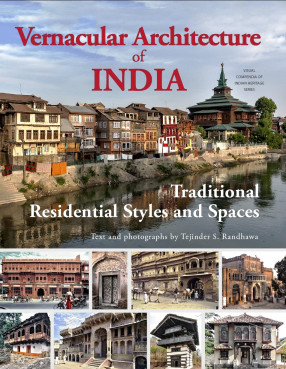
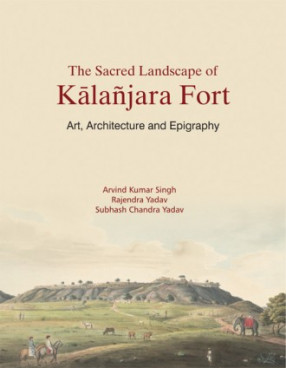
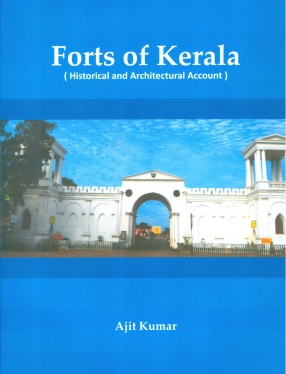
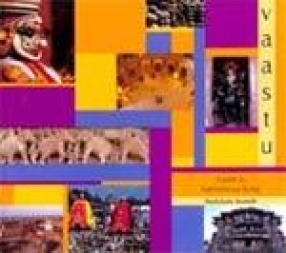
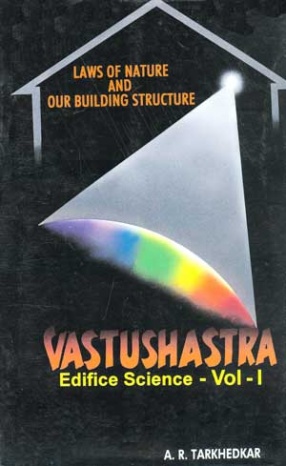

Bibliographic information